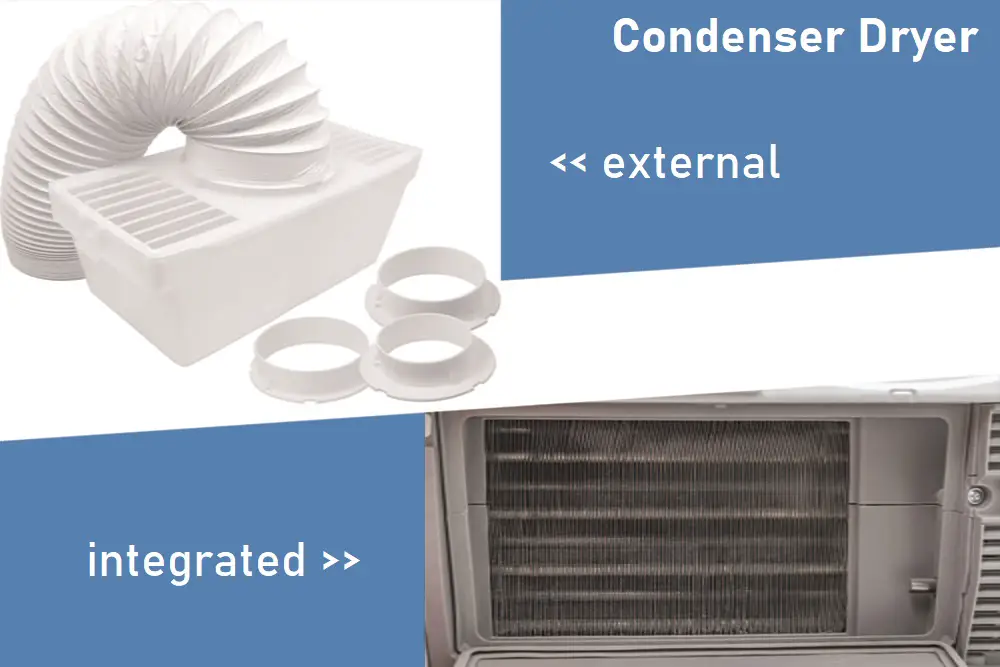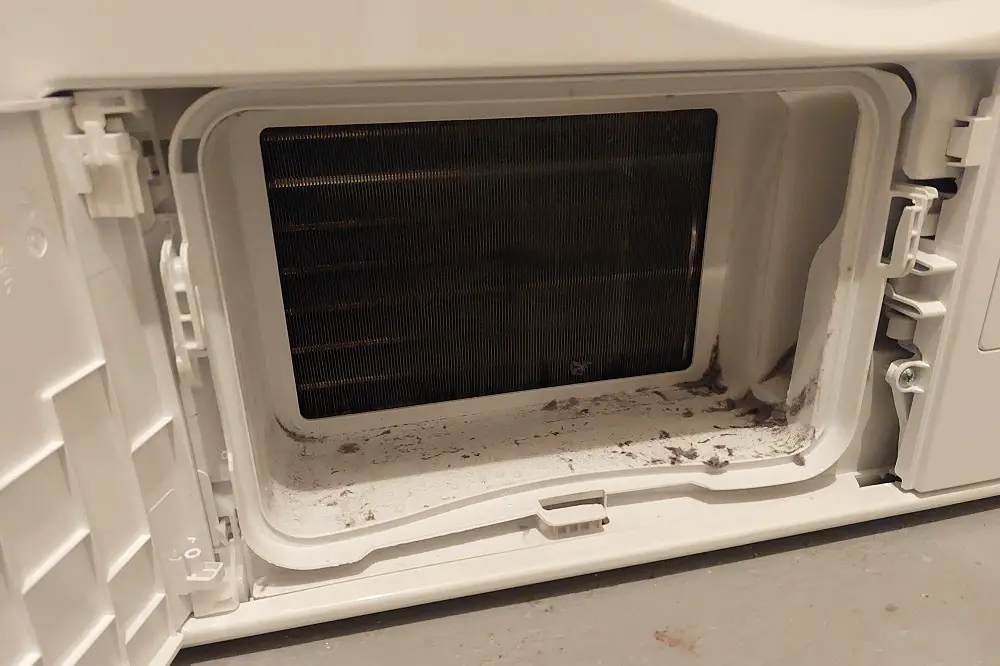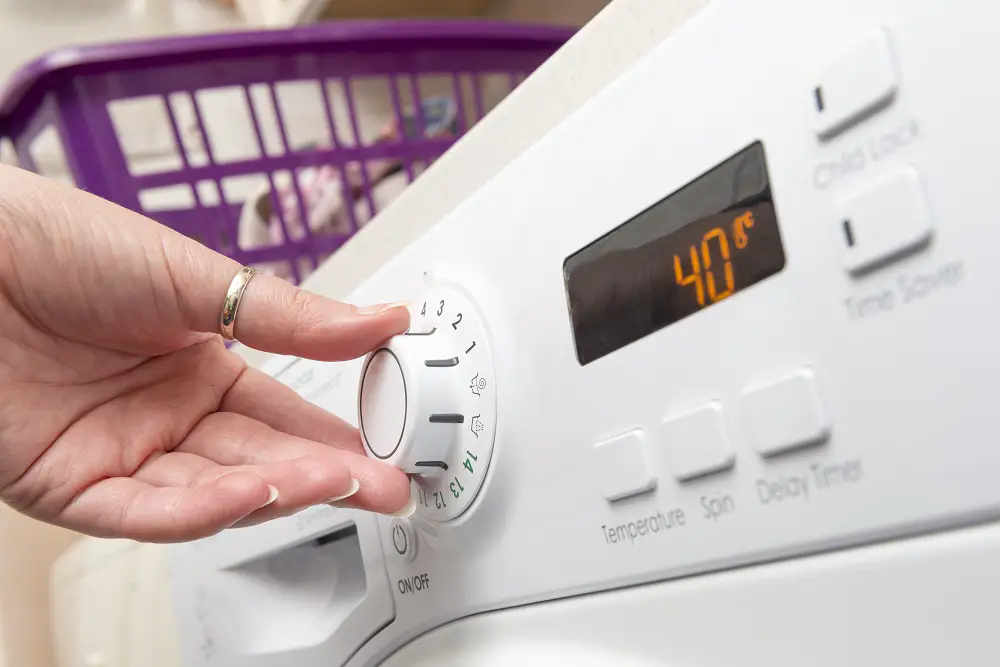While a tumble dryer makes it convenient to do your laundry, clothes dryer fires are surprisingly more common than you think. And the reason is seldom a malfunctioning dryer unit: it’s dryer lint.
The National Fire Protection Association reports state an average of 15,970 fires each year are caused by washing machines and dryers (with dryers comprising 92% of the cases), averaging property damage worth $200 million.
A clothes dryer fire is possible even when it’s unplugged. Although rare, the leading cause of such a fire is lint buildup in the lint filter or dryer vent.

Table of Contents
Can a Tumble Dryer Catch Fire When Unplugged?
Tumble dryers can catch fire when unplugged, because of heat and malfunctions inside the machine.
While it’s highly uncommon for an unplugged tumble dryer to catch fire, there’s still the chance it can happen. The reasons for this could be any of the following:
Fire is already inside the machine
The fire already started inside the machine and went unnoticed or undetected.
Unplugging it at this point doesn’t prevent the fire.
The malfunctions usually exist in the dryer’s electrical system and can be smoldering without any notice.
Remaining heat after unplugged
When the dryer was operational for some time before being unplugged, it still contains some heat.
This heat isn’t a problem since every machine is designed to pass it outside without any danger.
But if there’s excess lint buildup (especially around the heating element), latent heat can cause a fire.
Unfinished dryer cycles
Stopping a dryer mid-cycle and unplugging it isn’t the best thing to do.
The programs do have a cooling down phase at the end that ensures that the heat is reduced to a safe point. A higher temperature inside the dryer, combined with a lot of lint can cause a fire.
Prevention Measures To Keep Your Tumble Dryer Safe
Here are some ways to prevent clothes dryers from catching fire.
- Regular cleaning:
Clean the lint trap after every load of laundry. Also, use a non-flammable cleaner to regularly clean the dryer vents and ducts.
(You should check our article about how to service a dryer) - Proper installation:
Use the recommended exhaust vent pipes (listed as UL 2158A) and install the ductwork (for the hot air exhaust) in a short, straight path and with the least bends. - Keep all vents and openings clear:
Do not cover any vent or opening on the dryer. And ensure your vent pipe isn’t blocked or crushed in any way. - Fire extinguisher and smoke alarm:
Keep an ABC fire extinguisher close to the clothes dryer. Have working smoke alarms installed in your home and tested regularly. - Don’t run the machine when not at home:
Only run the dryer when you’re at home and awake. - Follow the manufacturer’s instructions:
Always read and follow the manufacturer’s instructions before you use your dryer. - Regular inspection:
Inspect the metal ducts and dryer vents once a month for any blocks. - Regular maintenance:
Get an experienced technician to service the appliance once per year thoroughly. - Avoid overloading the dryer drum:
More clothes need more heat to dry, leading to an increased fire hazard. - Keep fire hazards away:
Always keep combustible items away from the dryer and store them safely to avoid any accidental knock overs near the appliance.
What To Do if Your Tumble Dryer Catches Fire?
Smoke is an obvious sign that your dryer is catching fire. Your appliance will give off fire risk warning signs, like excessive heat around the machine, popping sounds, or a burning odor.
In the worst-case scenario, if your tumble dryer caught fire and there are flames in your laundry room, don’t panic; analyze if you can put out the fire yourself.
Small flames that are easily containable won’t take much to extinguish. You’ll be able to do it yourself. However, more often, the fire is likely to be blazing wide before you even realize it’s there.
Follow these steps to put out a dryer fire:
Don’t Open the Dryer Door
Leave the door closed. The hot handle could burn your hand, and there’s also the risk of toxic smoke and carbon monoxide exposure rushing out and the fire spreading further.
Use the Appropriate Extinguishing Method
Use a fire blanket to avoid damage, and use a fire extinguisher. Aim low at the fire’s base and spray from side to side. Check for flames at the back of the unit or through the exterior venting.
Unplug the Unit if Still On
If you’re able to put out the fire, unplug the dryer from its wall outlet.
If you suspect the connections are damaged, use the main fuse board to cut the power to your house.
Inform Other People in the Household
Your family’s safety should be the priority. Inform all the members of your household and evacuate them to a safe location outside the house immediately.
Call the Fire Department
If you cannot contain the blaze, call the fire department immediately.
Safely Evacuate
Make a safe exit from your house and close the laundry room door behind you (to prevent an outbreak from any reignited flames).
It’s best to stay at least 100 feet away from your home. Hidden combustible sources like oil containers or flammable insulation could cause the house fire to progress rapidly.
Conclusion
While the dryer fire statistics might look worrisome, the chance of an electric dryer catching fire when unplugged is very rare. However, with some measures, preventing such dryer fires is easier.
In the rare chance that your appliance does catch fire, it’s safer to evacuate the house, turn off the mains, and call the fire department, unless it’s small enough to extinguish by yourself with a fire extinguisher.
If you have an old dryer, it’s all the more important to look out for symptoms that could lead to a fire. A little bit of awareness goes a long way to prevent life risk and property damage.



